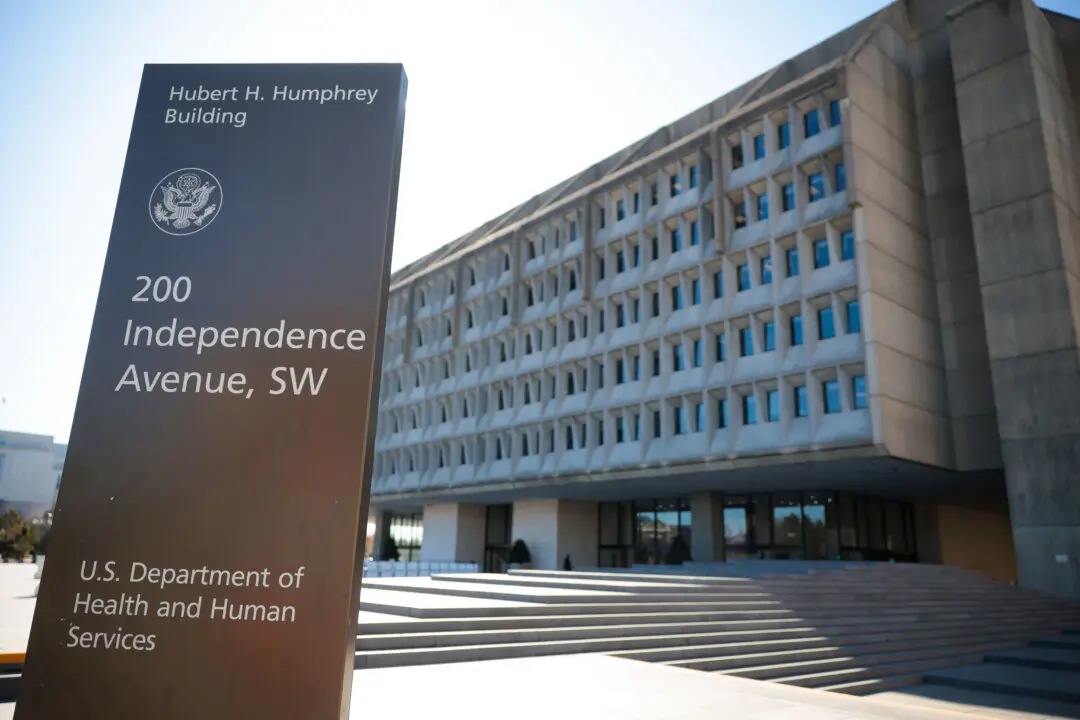Radiation from the Fukushima nuclear disaster has been detected in waters off of Canada, researchers revealed this week. The revelation comes just weeks after a group of citizen scientists discovered radiation off of California.
Data from the Woods Hole Oceanographic Institute showed that low levels of Fukushima radiation has cropped up about 100 miles west of Eureka in northern California.
The institute is also monitoring waters off of Oregon, Washington, Hawaii, and Central America, among other areas.
The findings were added onto by Canada’s Bedford Institute of Oceanagraphy, which found radiation in waters off the Canadian coast.
However, scientists from both institutions emphasized that the levels of radiation found are very low. Even at the highest levels, Dr. John Smith of Bedford believes the levels of cesium radiation will not exceed three to five becquerels per cubic meter of seawater. The normal standard for drinking water is 10,000 becquerels per cubic meter, illustrating how low the radiation levels are.
He also wrote that while radiation does build up in fish, the “predicted exposure level is many orders of magnitude less” than the baseline safe levels.
Ken Buessler, the lead scientist at Woods Hole, agreed that there’s no cause for concern. “The levels offshore are still quite low. So by that I mean that they are a couple of these Becquerels per cubic meter, something that is about a thousand times less than a drinking water standard,” he told the Santa Cruz Sentinel, adding he has no qualms about swimming in, boating on, or eating fish from the affected waters.






